The Natural Diet of Rabbits
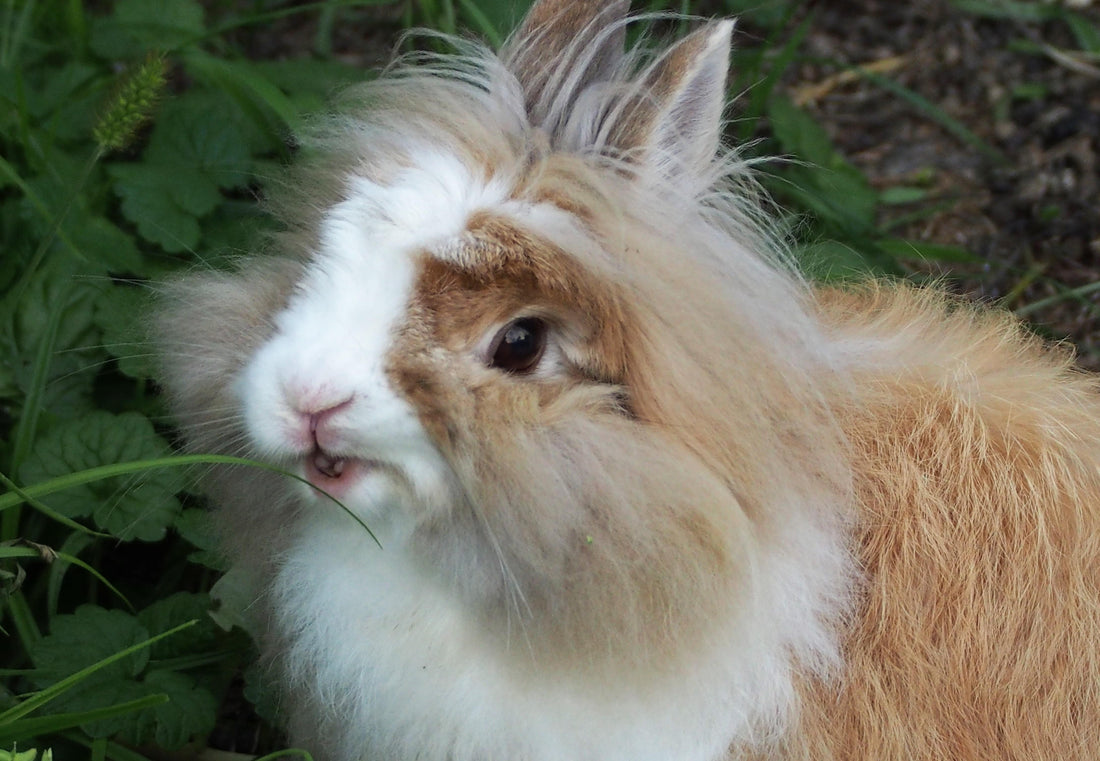
Introduction: Rabbits, with their soft fur and gentle nature, are a common sight in both the wild and our homes. As strict herbivores, their diet is exclusively plant-based, consisting mainly of grasses and seeds. This dietary preference is crucial to their survival and well-being, highlighting the importance of understanding what rabbits eat, whether they roam the fields or hop around our living rooms. This blog post explores the natural diet of wild rabbits and how we can replicate this diet for our domesticated friends to ensure they lead healthy, happy lives.
The Basics of a Rabbit's Diet
In the wild, rabbits spend a significant portion of their day grazing on grass near their warrens. Grass, although not nutritionally dense, forms the bulk of their diet and is essential for their digestive system. Wild rabbits have adapted to consume large quantities of grass to meet their nutritional needs, a testament to their efficiency and resilience.
Nutritional Challenges of Grass
Grass, while abundant and easily accessible for wild rabbits, lacks high nutritional value. To compensate, rabbits consume large amounts to extract sufficient nutrients to sustain their active lifestyles. This constant grazing is not just a feeding habit but a survival strategy, enabling them to fulfill their dietary requirements.
Dietary Needs of Domestic Rabbits
When it comes to our pet rabbits, replicating their natural diet as closely as possible is key to maintaining their health. Unlike their wild counterparts, domestic rabbits do not need to graze on grass all day to meet their nutritional needs. However, their diet should still be rich in fibers. A balanced diet for a pet rabbit includes:
- High-quality hay: Forms the cornerstone of a rabbit's diet, providing essential fiber for digestion.
- Fresh vegetables: A variety of veggies can mimic the diverse plant life rabbits would encounter in the wild.
- Pellets: Specially formulated rabbit pellets can supplement their nutritional needs, offering vitamins and minerals not readily available in hay or vegetables.
- Fresh water: An often overlooked but vital part of their diet, ensuring hydration and supporting overall health.
The Importance of Fiber
The high fiber content in grass and hay is crucial for a rabbit's digestive health. Fiber aids in the movement of food through the gut and helps prevent issues such as GI stasis, a common and potentially lethal condition in rabbits where the digestive system slows down or stops entirely.
Avoiding Harmful Foods
While rabbits in the wild have a good instinct for what is safe to eat, domestic rabbits rely on their owners to make the right choices for them. Foods to avoid include:
- Meat and animal products: As herbivores, rabbits cannot digest these.
- Sugary fruits and treats: These can lead to obesity and dental problems.
- Certain vegetables and plants: Some can be toxic to rabbits, such as onions and garlic.
Conclusion
Understanding the dietary habits of wild rabbits provides valuable insights into how best to feed our pet rabbits. By ensuring a diet rich in fiber, low in fat, and appropriate in calories, we can mimic the natural eating habits of rabbits in the wild. This approach not only meets their nutritional needs but also supports their physical health and well-being, allowing our furry friends to thrive in our care.
No comments



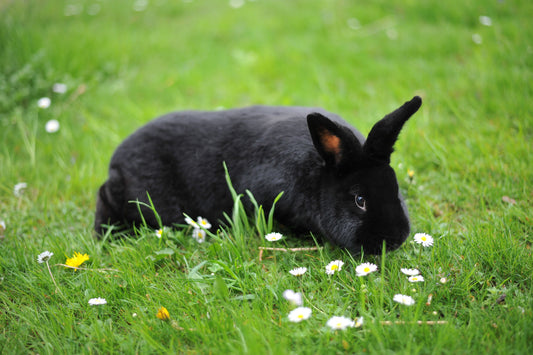
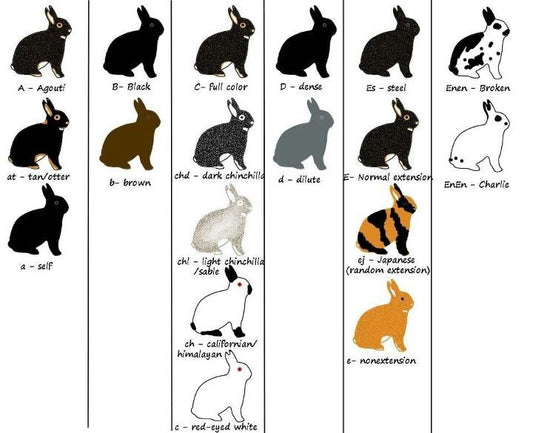

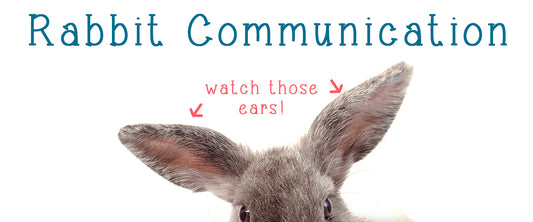



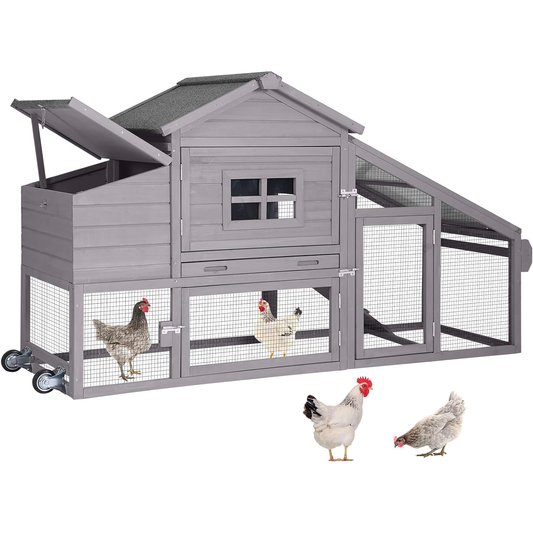








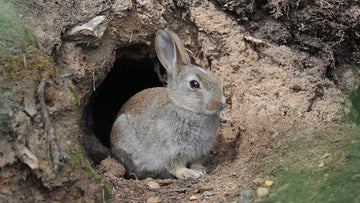

0 comments